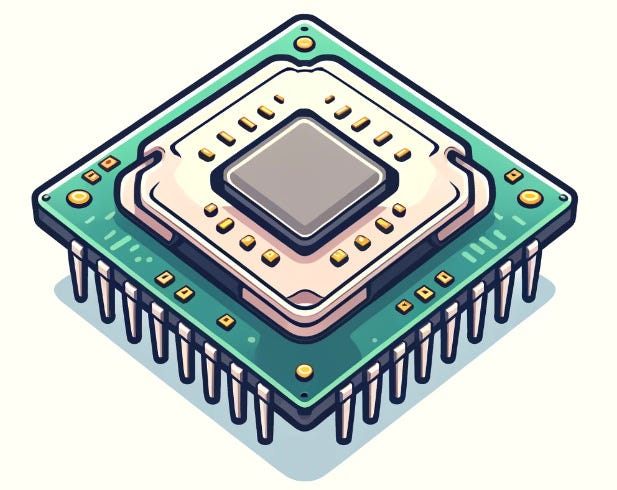Accelerating Inference of 4-bit Large Language Models on Consumer CPUs
The content discusses the challenges of running large language models (LLMs) on consumer hardware, particularly when the model size exceeds the available GPU memory. To address this, quantization is often applied to reduce the model size. However, even after quantization, the model may still be too large to fit on the GPU.
An alternative approach is to run the model on the CPU RAM using a framework optimized for CPU inference, such as llama.cpp. Intel has developed a new framework called Neural Speed, which is built on top of Hugging Face Transformers and aims to further accelerate inference for 4-bit LLMs on CPUs.
The key optimizations in Neural Speed include:
- Efficient CPU tensor library with optimized kernels for 4-bit models, supporting x86 CPUs including AMD.
- Support for various quantization techniques like GPTQ, AWQ, and GGUF, as well as Intel's own Neural Compressor library.
- Additional unspecified "LLM Optimizations" for efficient CPU-based inference.
According to Intel, using Neural Speed can make inference up to 40x faster than llama.cpp for 4-bit LLMs on consumer CPUs.
Customize Summary
Rewrite with AI
Generate Citations
Translate Source
To Another Language
Generate MindMap
from source content
Visit Source
towardsdatascience.com
Neural Speed: Fast Inference on CPU for 4-bit Large Language Models
Key Insights Distilled From
by Benjamin Mar... at towardsdatascience.com 04-18-2024
https://towardsdatascience.com/neural-speed-fast-inference-on-cpu-for-4-bit-large-language-models-0d611978f399
Deeper Inquiries
